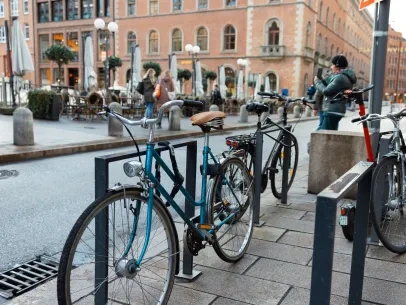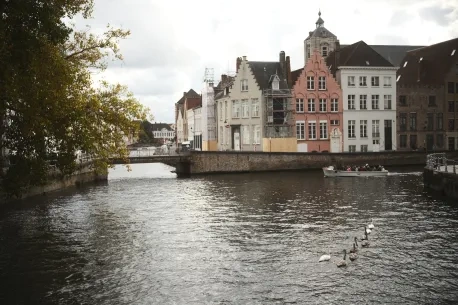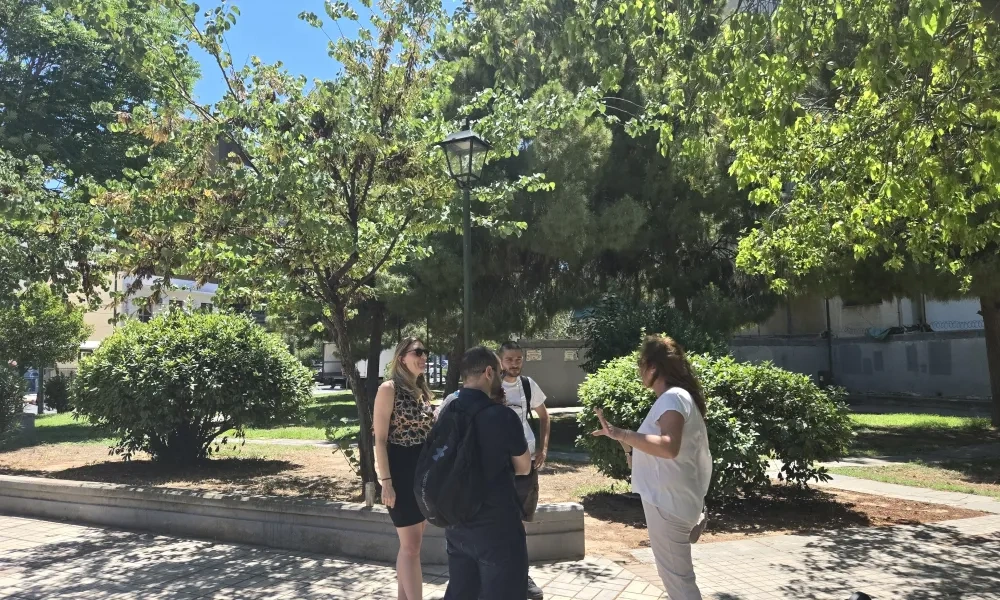
What happens when a city built for yesterday's climate meets the relentless heatwaves of today? When concrete dominates and the soil disappears, where can the water go when the rain finally falls? Across Europe, cities are facing a double crisis: rising temperatures that turn streets into ovens, and flash floods made worse by an over-built environment that has stripped nature of its role as a buffer. Are our cities really designed to protect us, or are they accelerating the risks we now live with? It’s time to rethink how we plan strategies, build, use resources and prepare for a new urban reality shaped by climate extremes.
Designing for resilience
In cities across Europe, resilience increasingly lies in understanding where change happens and why it matters. Sustainable Urban Development (SUD) strategies, backed by EU cohesion policy, don’t offer one-size-fits-all solutions.
To face the important challenges of the densely built-up area, the Sustainable Urban Development (SUD) Strategy of Athens, within the framework of the "ATTIKI" Programme (2021-2027) of the Attica Region, has prioritised the need to face the effects of climate change on the built/natural environment and to manage water sustainably by complementing infrastructure in the areas with intense needs, and upgrading wastewater management infrastructure.
In line with the SUD strategy and the Heat Mitigation Strategy and Climate Adaption Action Plan, the Municipality of Athens has signed the Climate Neutrality Contract showing the commitment to increase the resilience and to make it a more liveable city for its residents.
Setting the strategy into motion in Athens
The Municipality of Athens, follows a clear pathway to implement its strategic goals and improve resilience. In line with the strategic commitments, Athens has initiated the “Cooling Havens: Water-Powered Neighbourhood Cooling and Engagement Stations”, receiving funding by the European Urban Initiative (EUI) – Innovative Actions.
‘’Cooling Havens’’ foresees the installation of a series of neighbourhood-specific, water-powered public interventions that utilize unique alternative water harnessing techniques to create new blue and green infrastructure inside the city, reducing urban heat and mitigating climate change effects, serving also community engagement and awareness raising for water conservation, connecting water to community life and history and so much more.
Image
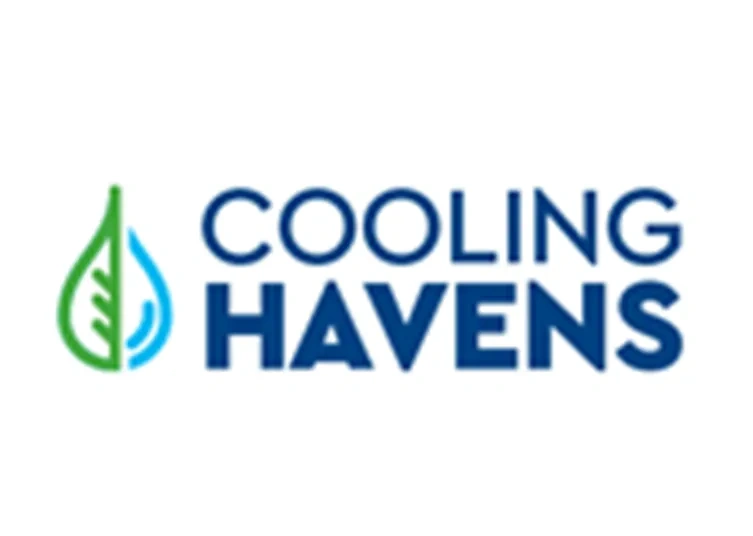
Image 1: Cooling Havens logo, source Municipality of Athens

Why is Cooling Havens important and innovative?
The ‘’Cooling Havens’’ project pivots around the implementation of a series of water-sensitive urban design interventions in various neighbourhoods, restoring the water element to the city's fabric.
Each strategically located intervention serves as a model for innovative water-driven natural cooling stations that harness water in unique ways through rainwater harvesting garden and bioswale wetlands. These installations act as natural cooling agents, lowering local temperatures and mitigating the heat-island effect. The interventions are site-specific, reviving dense urban areas and turning them into valuable community assets. Furthermore, the solutions that will be applied go beyond immediate cooling and encourage long-term environmental sustainability by promoting water conservation and efficient use of natural resources. Beyond the physical infrastructure, these water-powered spaces will become community engagement hubs.
"This project is a flagship initiative for the city — a new approach that takes us beyond the traditional 'grey' infrastructure. By working with nature, we can address today’s major challenges, especially the impacts of climate change and extreme heat that our city increasingly faces. Nature-based solutions allow us to exploit elements like water and soil to improve quality of life in our neighbourhoods. These are visible, meaningful projects — often more affordable, quicker to implement, and more widely accepted by citizens, as they cause less disruption to the urban fabric. If done right, the outcome will be a new governance model for urban interventions in the era of climate crisis."
Nikos Chrysogelos, Deputy Mayor of Athens for Climate Governance and Social Economy, former MEP
The project also embraces digital technologies for monitoring environmental stressors and biodiversity, along with energy-efficient solutions, lighting, urban infrastructure, and accessibility features.
Who’s involved?
To meet the objectives of the project and accomplish its multifaceted tasks, the Municipality of Athens has created a wide and diverse spanning from technical partners, like the Department of Water Resources Management and Environmental Engineering of the School of Civil Engineering of the National Technical University of ATHENS,EYDAP, which is the largest water utility in Greece, to landscape architecture firms that bring high level expertise in high-end blue and green public space design. The project also involves educational and civic engagement organisations, able to activate the residents that live in the vicinity of the intervention areas.
The innovative elements of the ‘’Cooling Havens’’ project will be transferred to three partners that have been identified and that receive EUI funding in the frame of the project: 18th District of Budapest (Hungary), Roeselare (Belgium) and Sofia (Bulgaria).
Important outputs and timeframe
Seven water-powered cooling havens will be constructed and installed, across various Athens's neighbourhoods. The total budget of the ‘’Cooling Havens’’ project is 6,248,415.80 with a co-financing of 4,998,732.64 (ERDF).
The project started on 01/12/2024 and will run up until 30/5/2028.
Achievements to Date
During the first six months administrative and managerial procedures have been set and a strong momentum has been built among the project partners. Several site visits have been carried out with the participation of project partners, including one dedicated to the Innovation Action expert. A long list of potential intervention sites was evaluated against a defined set of criteria, resulting in a short list of seven locations, where cooling stations will be implemented.
Evaluation of Intervention areas
The evaluation of the long list of potential intervention areas was based on a range of criteria, including land ownership, availability of water infrastructure, and proximity to the built environment to maximise impact. Additional factors included the presence of existing greenery, aiming to avoid the need to relocate plants, the topography, to make full use of natural rainwater flow, and the level of social vulnerability in the neighbourhood, ensuring that interventions promote environmental equity and inclusive access. Sites were also assessed for their potential to integrate with future projects, with a view to enhancing the overall urban experience and supporting biodiversity. The interventions will be installed in the areas of Ilisia, Metaxourgio, Kolonos, Exarhia, Probonas, Ambelokipi and Kipseli.
Design Studies
Following site visits and on-site assessments carried out by the project partners, a series of preparatory design tasks have been undertaken, leading to the development of initial concepts for the intervention areas. The design process also drew on an analysis of local micro-climate, culture, history, existing and past uses, and service grids, identifying opportunities for complementarity and upgrade. Partners translated their ideas into visual mood boards, which now serve as the conceptual foundation for the next stage.
Image
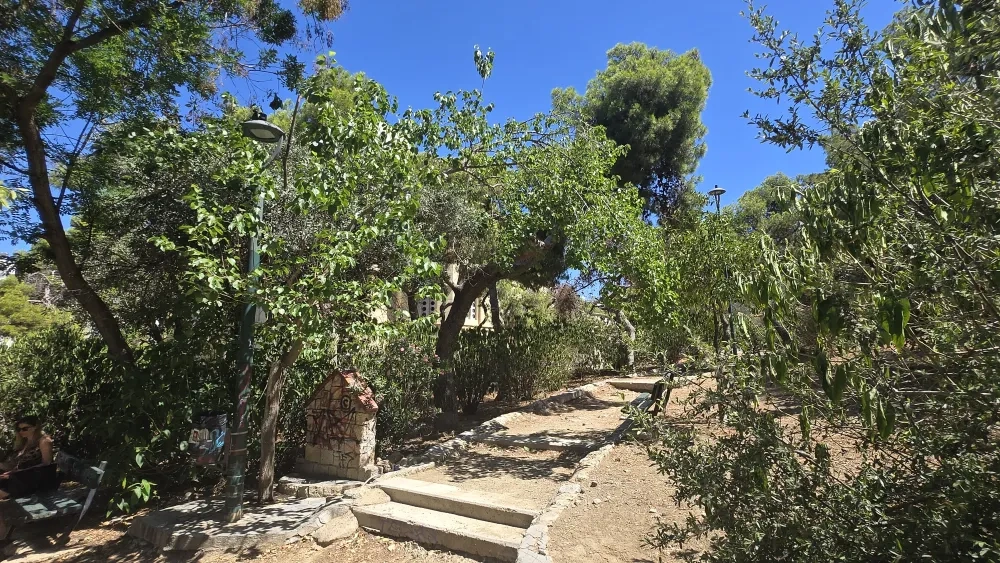
Image 2: Site visit in Agios Nikolaos, Exarhia, July 2025, image by author

Looking forward
The next phase of the project will focus on translating the conceptual designs into implementable, technically robust studies. A series of detailed design, engineering, and construction studies will be carried out to define the specifications and operational requirements for the interventions.
Key deliverables in this stage will include the preparation of tender documentation for the national public competitions. The project partners will undertake actions to allow for early-stage dialogue with the market on feasibility, performance expectations, and implementation to ensure adequate market readiness and alignment, acknowledging the importance to move on quickly and minimise raising from low market awareness.
In parallel, a community engagement process will be launched in September, with one participatory workshop planned per neighbourhood. These sessions will aim to engage with the local communities and ensure the interventions are both technically sound and socially responsive. The workshops will also offer a platform to identify community needs, surface potential concerns, and foster a sense of shared ownership before the interventions take physical form.
All the resources of the project will be progressively made available here.
Image
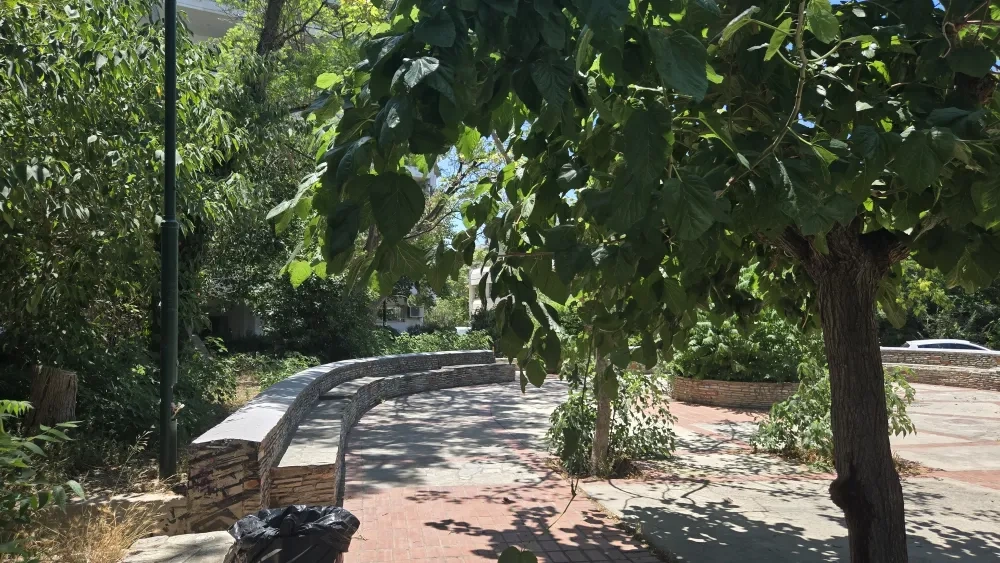
Image 3: Site visit in Probonas, July 2025, image by author

About this resource
The European Urban Initiative is an essential tool of the urban dimension of Cohesion Policy for the 2021-2027 programming period. The initiative established by the European Union supports cities of all sizes, to build their capacity and knowledge, to support innovation and develop transferable and scalable innovative solutions to urban challenges of EU relevance.
Similar content
